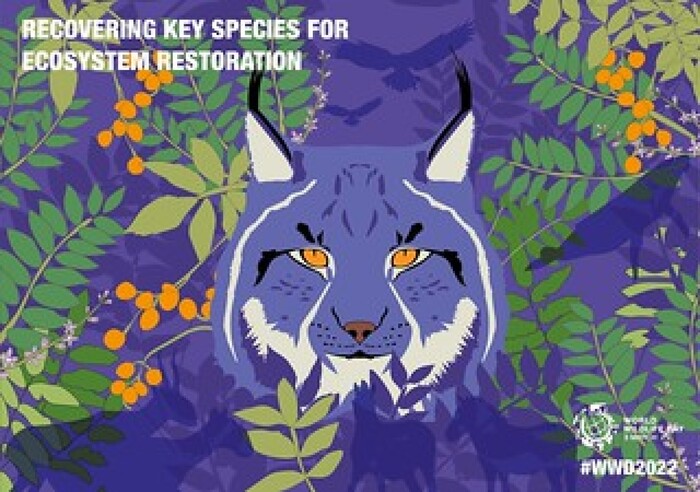(ANSA) - ROME, MARCH 03 - Rewriting the fate of the species most at risk of extinction.
With this goal, the United Nations celebrates World Wildlife Day (WWD) on 3 March, the world day of wild nature which this year is dedicated to the recovery of key species for the restoration of the ecosystem.
To be threatened, underlines the UN, is "all life on Earth, including us".
Wildlife and biodiversity are needed to meet human needs, from food, medicine, housing and clothing.
And they contribute to the livelihood of millions of people.
"By damaging the natural world, we threaten our own well-being", is the message of the UN secretary general, Antonio Guterres.
"Wildlife is in danger around the world today. A quarter of the species face extinction, largely because we have destroyed nearly half of the ecosystems they live in. We need to act now to reverse this trend," Guterres continues.
According to data from the International Union for Conservation of Nature (IUCN) Red List of Threatened Species, more than 8,400 species of wild fauna and flora are critically endangered, while nearly 30,000 are believed to be endangered ovulnerable.
Based on these data, the UN estimates that over one million species are at risk.
The black rhino, the Maui dolphin, the Alabama sturgeon, the orangutan could become extinct in less than a decade.
"When we think of flora and wildlife, we think of the extraordinary diversity of species, colors, shapes, adaptations, behaviors. But not so much the role they play in the resilience, stability and health of the ecosystems in which they live", observes the general manager by Wwf international, Marco Lambertini.
In Italy too, the situation raises alarm.
The WWF Italy describes the country as "a fundamental crossroads for trafficking in protected species and, in general, for crimes against wildlife" and denounces: there is a lack of databases, strict rules and controls.
For example, there are only 3 hunting agents for every thousand hunters and about a thousand euros are enough to clean up your fist after killing a bear or a wolf, which are protected species.
Legambiente dedicates the report "Wild Nature at risk in Italy" to those it calls the "magnificent seven", ibex, golden eagle, Marsican bear, wolf, Apennine chamois, Venus slipper and wild cat.
They are species present in the Gran Paradiso National Park and in the Abruzzo, Lazio and Molise Park, the two oldest protected areas of the Peninsula, which date back one hundred years of history.
"The 'Park' model is an example to be encouraged, increasing the protected area of the territory and adopting effective measures to tackle the causes of biodiversity loss and safeguard endangered species", declares the national president of Legambiente, StefanoCiafani.
(HANDLE).

